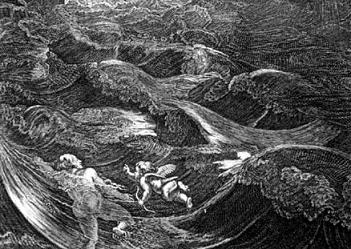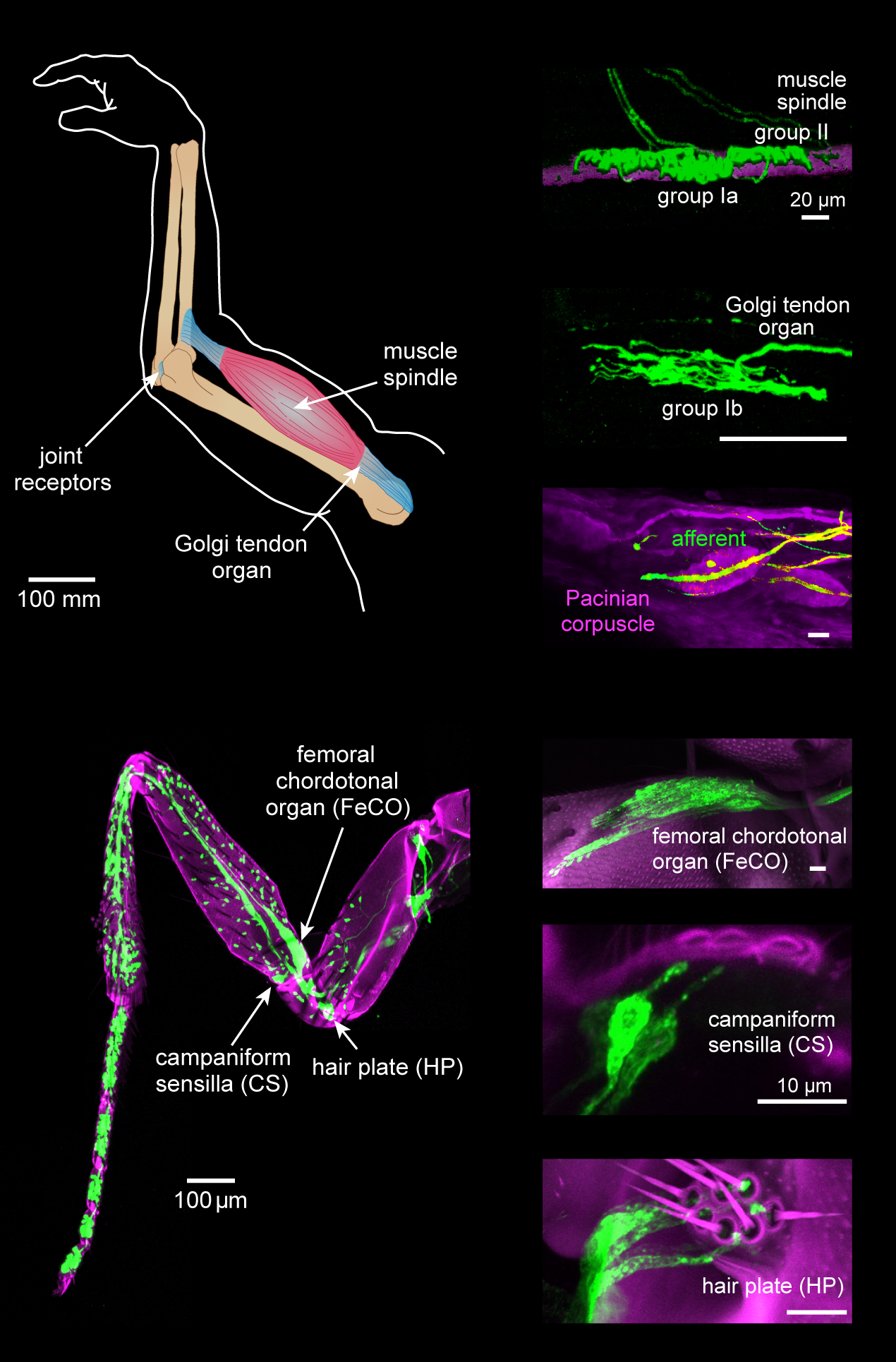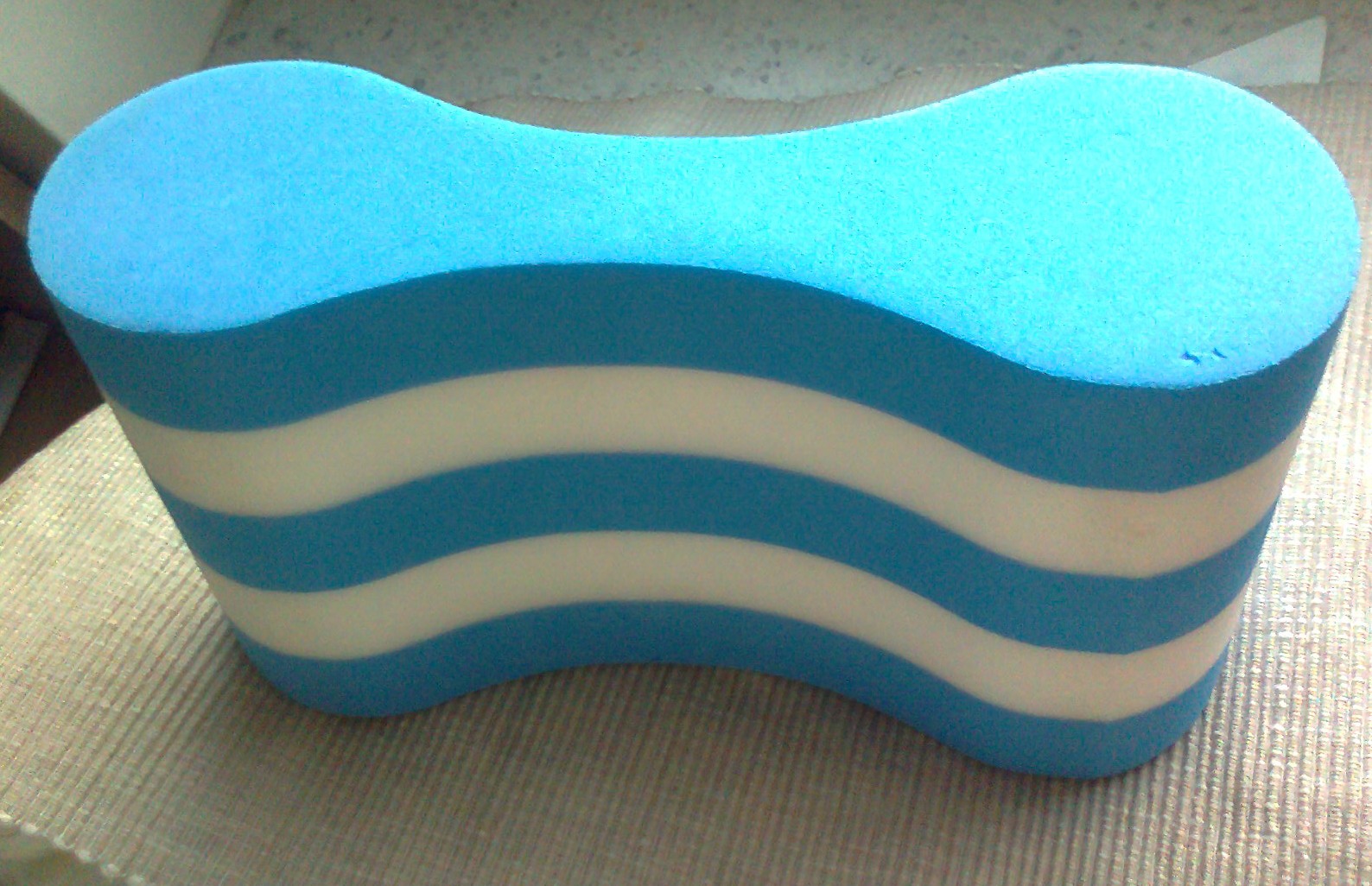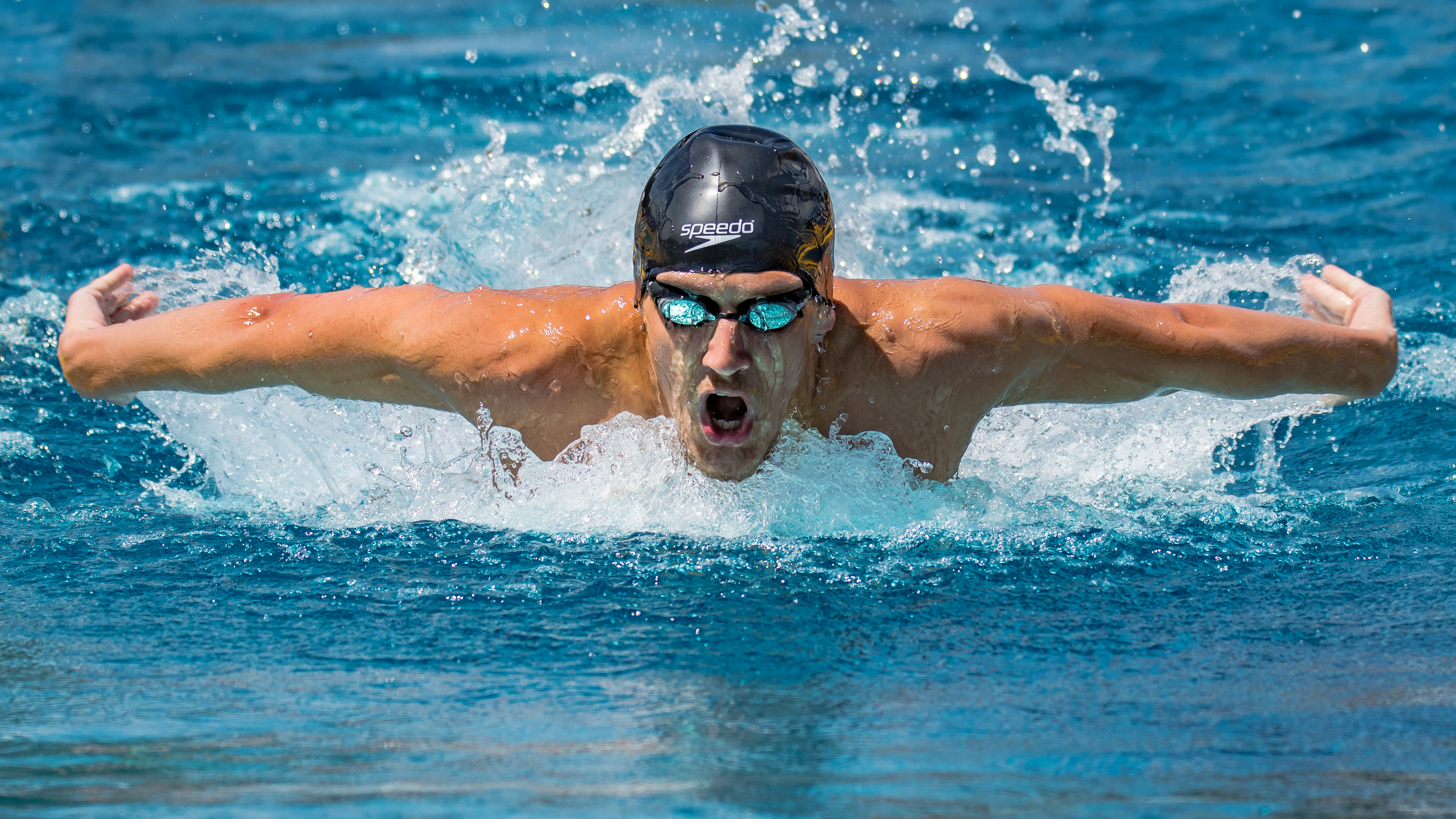|
Hand Paddle
A hand paddle is a device worn by swimmers during training. It consists of a plastic plate worn over the swimmer's palm and attached over the back of the swimmer's hand with elastic cords. The plate is often perforated with a pattern of holes. A handle paddle increases the resistance the hand experiences as it tries to move through the water during the effective part of the arm stroke – the part of the stroke described as the "pull". This gives the swimmer considerably more forward propulsion from the arm stroke than does a naked hand, and affords an enhanced kinesthetic "feel" of the pull. It also enhances the swimmer's feel of the "catch", the phase prior to the pull, where the hand turns from a streamlined position to grasp the water and begin the pull. If the hand catches or pulls at an incorrect angle, the increased resistance afforded by the hand paddle will exacerbate the resultant twisting moment, making the defect clearer to the swimmer. The considerably increased load ... [...More Info...] [...Related Items...] OR: [Wikipedia] [Google] [Baidu] |
Swimming (sport)
Swimming is an individual or team Racing, racing sport that requires the use of one's entire body to move through water. The sport takes place in Swimming pool, pools or open water (e.g., in a sea or lake). Competitive swimming is one of the most popular Olympic sports, with varied distance events in Butterfly stroke, butterfly, backstroke, breaststroke, Freestyle swimming, freestyle, and individual medley. In addition to these individual events, four swimmers can take part in either a freestyle or medley Relay race, relay. A medley relay consists of four swimmers who will each swim a different stroke, ordered as backstroke, breaststroke, butterfly and freestyle. Swimming each stroke requires a set of specific techniques; in competition, there are distinct regulations concerning the acceptable form for each individual stroke. There are also regulations on what types of swimsuits, caps, jewelry and injury tape that are allowed at competitions. There are many health benefits to ... [...More Info...] [...Related Items...] OR: [Wikipedia] [Google] [Baidu] |
Kinesthetic
Proprioception ( ) is the sense of self-movement, force, and body position. Proprioception is mediated by proprioceptors, a type of sensory receptor, located within muscles, tendons, and joints. Most animals possess multiple subtypes of proprioceptors, which detect distinct kinesthetic parameters, such as joint position, movement, and load. Although all mobile animals possess proprioceptors, the structure of the sensory organs can vary across species. Proprioceptive signals are transmitted to the central nervous system, where they are integrated with information from other sensory systems, such as the visual system and the vestibular system, to create an overall representation of body position, movement, and acceleration. In many animals, sensory feedback from proprioceptors is essential for stabilizing body posture and coordinating body movement. System overview In vertebrates, limb movement and velocity (muscle length and the rate of change) are encoded by one group of s ... [...More Info...] [...Related Items...] OR: [Wikipedia] [Google] [Baidu] |
Pull Buoy
A pull buoy or leg float is a figure-eight shaped piece of closed-cell foam used in swim workouts. Swimmers place the buoy between their thighs or their ankles to provide support to the body without kicking their legs; this allows the swimmer to focus on training only their arms and developing both endurance and upper body strength. The pull buoy was originally invented by Fred Carbonero in the 1960s. Carbonero was a swim coach and created the pull buoy to add resistance in the water. He started a company called Pull Buoy in 1964. Using the pull buoy gives the arms a more focused workout by providing flotational support for hips and legs. Good body position and technique can be established and a bilateral breathing rhythm can be refined. The pull buoy can be combined with a rubber ring to tie one's feet together, so there is no notion of kick. It also provides individuals with heavy legs with a way to be better positioned in the water. ''Pull buoy'' is often confused with ''p ... [...More Info...] [...Related Items...] OR: [Wikipedia] [Google] [Baidu] |
Benjamin Franklin
Benjamin Franklin (April 17, 1790) was an American polymath: a writer, scientist, inventor, statesman, diplomat, printer, publisher and Political philosophy, political philosopher.#britannica, Encyclopædia Britannica, Wood, 2021 Among the most influential intellectuals of his time, Franklin was one of the Founding Fathers of the United States; a Committee of Five, drafter and signer of the United States Declaration of Independence, Declaration of Independence; and the first United States Postmaster General, postmaster general. Born in the Province of Massachusetts Bay, Franklin became a successful Early American publishers and printers, newspaper editor and printer in Philadelphia, the leading city in the colonies, publishing ''The Pennsylvania Gazette'' at age 23. He became wealthy publishing this and ''Poor Richard's Almanack'', which he wrote under the pseudonym "Richard Saunders". After 1767, he was associated with the ''Pennsylvania Chronicle'', a newspaper known for it ... [...More Info...] [...Related Items...] OR: [Wikipedia] [Google] [Baidu] |
Butterfly Stroke
The butterfly (shortened to fly) is a List of swimming styles, swimming stroke swum on the chest, with both arms moving symmetrically, accompanied by the butterfly kick (also known as the "dolphin kick") along with the movement of the hips and chest. It is the newest swimming (sport), swimming style swum in competition, first swum in the early 1930s and originating out of the breaststroke. Speed and ergonomics The butterfly stroke boasts a higher peak velocity than the front crawl, owing to the synchronous propulsion generated by the simultaneous pull/push of both arms and legs. However, due to the pronounced drop in speed during the recovery phase, it is marginally slower than the front crawl, especially over extended distances. Furthermore, the butterfly stroke demands a different level of physical exertion, contributing to its slower overall pace than the front crawl. Butterfly stroke without text.gif Butterfly stroke3 without text.gif History of the butterfly stroke ... [...More Info...] [...Related Items...] OR: [Wikipedia] [Google] [Baidu] |
Backstroke
Backstroke or back crawl is one of the four Swimming (sport), swimming styles used in competitive events regulated by FINA, and the only one of these styles swum on the back. This swimming style has the advantage of easy breathing, but the disadvantage of swimmers not being able to see where they are going. It also has a different start from the other three competition swimming styles. The swimming style is similar to an ''upside down'' front crawl or freestyle. Both backstroke and front crawl are long-axis strokes. In individual medley backstroke is the second style swum; in the medley relay it is the first style swum. History Backstroke is an ancient style of swimming, popularized by Harry Hebner. It was the second stroke to be swum in competitions after the front crawl. The first Swimming at the Summer Olympics, Olympic backstroke competition was the Swimming at the 1900 Summer Olympics – Men's 200 metre backstroke, 1900 Paris Olympics men's 200 meter. Technique In the in ... [...More Info...] [...Related Items...] OR: [Wikipedia] [Google] [Baidu] |
Breaststroke
Breaststroke is a human swimming, swimming style in which the swimmer is on their chest and the torso does not rotate. It is the most popular recreational style due to the swimmer's head being out of the water a large portion of the time, and that it can be swum comfortably at slow speeds. In most swimming classes, beginners learn either the breaststroke or the freestyle (front crawl) first. However, at the competitive level, swimming breaststroke at speed requires endurance and strength comparable to other strokes. Some people refer to breaststroke as the "frog" stroke, as the arms and legs move somewhat like a frog swimming in the water. The stroke itself is the slowest of any competitive strokes and is thought to be the oldest of all swimming strokes. Speed and ergonomics Breaststroke is the slowest of the four official styles in swimming (sport), competitive swimming. The fastest breaststrokers can swim about 1.70 meters (~5.6 feet) per second. It is sometimes the harde ... [...More Info...] [...Related Items...] OR: [Wikipedia] [Google] [Baidu] |
Freestyle Swimming
Freestyle is a category of Swimming (sport), swimming competition, defined by the rules of World Aquatics, in which competitors are subject to only a few limited restrictions on their swimming stroke. Freestyle races are the most common of all swimming competitions, with distances beginning with and reaching , also known as the mile. The term 'freestyle stroke' is sometimes used as a synonym for 'front crawl', as front crawl is the fastest surface swimming stroke. It is now the most common stroke used in freestyle competitions. The 1896 Summer Olympics, first Olympics Swimming at the 1896 Summer Olympics, held open water swimming events, but after a few Olympic Games, closed water swimming was introduced. The front crawl or freestyle was the first event that was introduced. Technique Freestyle swimming implies the use of legs and arms for competitive swimming, except in the case of the Individual Medley, individual medley or Medley relay (athletics), medley relay events. Th ... [...More Info...] [...Related Items...] OR: [Wikipedia] [Google] [Baidu] |
Darkling Beetle
Darkling beetle is the common name for members of the beetle family Tenebrionidae, comprising over 20,000 species in a cosmopolitan distribution. Taxonomy ''Tenebrio'' is the Latin generic name that Carl Linnaeus assigned to some flour beetles in his ''10th edition of Systema Naturae'' 1758–59. The name means "lover of darkness"; the English language term 'darkling' means "characterised by darkness or obscurity"; see also English 'tenebrous', figuratively "obscure, gloomy." Many Tenebrionidae species inhabit dark places; in genera such as ''Stenocara'' and ''Onymacris'', they are active by day and inactive at night. The family covers a varied range of forms, such that classification presents great difficulties. These eleven subfamilies were listed in the 2021 review by Bouchard, Bousquet, ''et al.'', updating a similar catalog from 2005.Bouchard, Patrice; Lawrence, John F.; Davies, Anthony E.; Newton, Alfred F. (2005"Synoptic Classification of the World Tenebrionidae (Insect ... [...More Info...] [...Related Items...] OR: [Wikipedia] [Google] [Baidu] |






